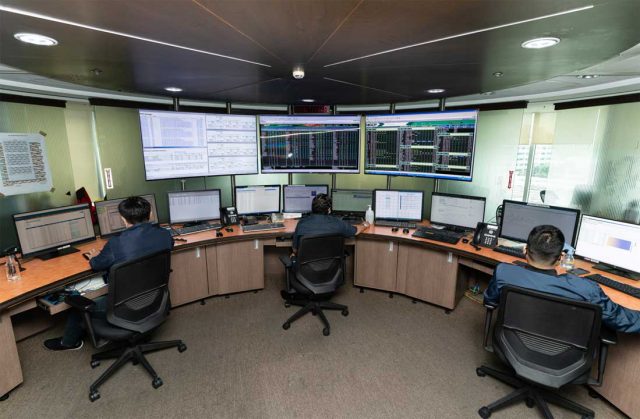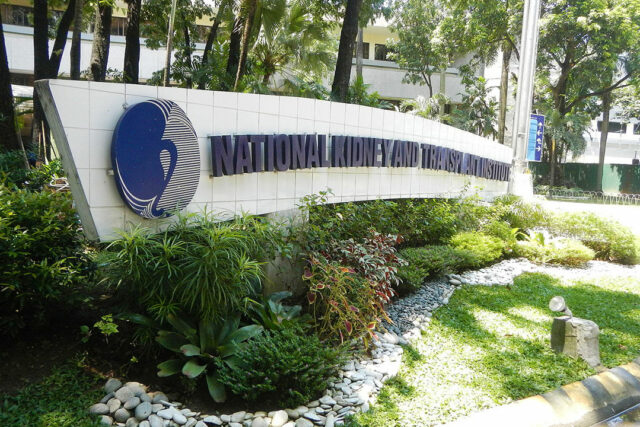Local stocks decline on PMI data, profit taking
STOCKS dropped on Wednesday amid data showing slower Philippine manufacturing activity growth, profit taking after Tuesday’s rally and amid a trading halt that was lifted before noon.
The Philippine Stock Exchange index (PSEi) declined by 55.16 points or 0.84% to end at 6,498.88 on Wednesday, while the broader all shares index fell by 15.73 points or 0.45% to close at 3,450.24.
Market sentiment soured following the slowdown in the S&P Global Philippines Manufacturing Purchasing Managers’ Index (PMI) in December, Philstocks Financial, Inc. Research Analyst Claire T. Alviar said in a Viber message.
The S&P Global Philippines Manufacturing PMI stood at 51.5 in December, lower than the nine-month high of 52.7 in November. A PMI reading above 50 denotes better operating conditions than in the preceding month, while a reading below 50 shows a deterioration.
The December figure was the weakest in three months or since the 50.6 reading in September.
“Trading in the market was halted by the exchange in the morning, then it resumed before the market recess and continued in the afternoon,” Ms. Alviar added.
The PSE halted trading on Wednesday morning. Trading resumed at 11:56 am.
“The Philippine Stock Exchange, Inc. encountered a technical issue that prompted it to halt trading at 9:32 a.m. on Jan. 3, 2024, Wednesday… PSE and its third-party front-end system provider continue to investigate the matter to identify the root cause,” the bourse operator said in a statement.
While the trading break did not necessarily cause Philippine shares to drop, activity was still disrupted, China Bank Capital Corp. Managing Director Juan Paolo E. Colet said.
“A market glitch for more than two hours is a terrible way to greet the new year. If we aim to boost trading volumes in the local stock market, then we need to ensure the reliability of the PSE’s infrastructure,” Mr. Colet said.
Profit taking after Tuesday’s climb caused the PSEi to drop on Wednesday, Rizal Commercial Banking Corp. Chief Economist Michael L. Ricafort said in a Viber message.
All sectoral indices finished lower on Wednesday. Financials declined by 22.90 points or 1.31% to 1,723.71; services went down by 16.67 points or 1.01% to 1,625.77; industrials retreated by 57.13 points or 0.62% to 9,104.49; holding firms dropped by 34.35 points or 0.54% to 6,289.02; mining and oil decreased by 30.64 points or 0.31% to 9,855.29; and property inched down by 6.66 points or 0.23% to 2,828.95.
Value turnover went down to P3.11 billion on Wednesday with 182.7 million shares changing hands, from P3.66 billion with 379.8 million issues the previous day.
Advancers edged out decliners, 74 against 71, while 49 names ended unchanged.
Net foreign selling stood at P260.5 million on Wednesday versus the P443.11 million in net buying seen the previous session.
Mr. Ricafort put the PSEi’s immediate support at 6,320-6,410. — RMDO












